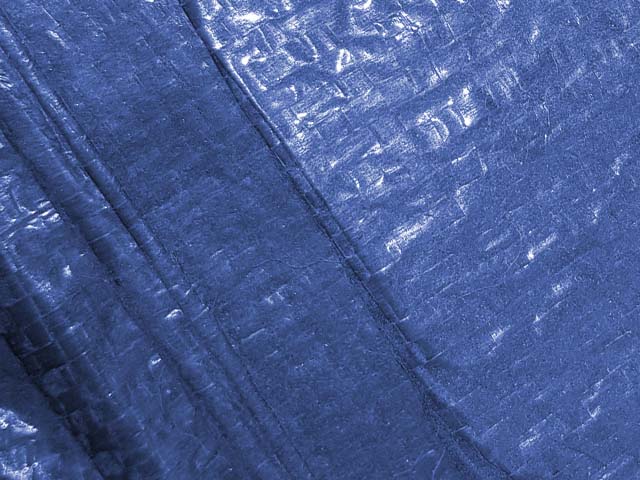
Raffia fabric is made from polypropylene.
A palm tree found in America and Africa is known as raffia , whose main characteristic is that it allows obtaining a flexible fiber of great resistance . The term, in fact, is used to refer specifically to said fiber.
As a tree , raffia belongs to the genus Raphia . It has large leaves and bears elliptical-shaped fruits.
The fiber
As for the fiber , there is natural raffia that is extracted from the plant and also a synthetic raffia produced from polypropylene that is usually made by interweaving threads. After being treated to optimize the appearance, raffia is used to make clothing, tapestries and decorative elements, for example.
One of the most common uses of raffia is the production of reusable bags . These bags are waterproof and resistant, making them useful in many areas and helping to minimize plastic bags that pollute.
Raffia, on the other hand, allows the development of canvases. This product is used to make enclosures, hide views and establish fences or delimitations.
Advantages of synthetic raffia
When raffia is used to make a synthetic fiber using polypropylene, the results are very beneficial for different applications. First of all, we must point out that it is a relatively inexpensive material, a factor that positively influences its potential buyers from the first moment. It is also especially resistant to mechanical wear , that is, wear that occurs due to constant use and the impacts it may suffer. In other words, the number of uses does not have a negative impact on its resistance as in other materials.
Another factor to which raffia fabric is very resistant is extreme heat: there are users who require this material in environments where the temperature can reach considerable values, but since its melting point is 160 degrees Celsius , they should not worry. Let's not forget that raffia is generally used outdoors, particularly when its function is to cover cars or act as an awning for a patio, and it must withstand the heat of the Sun throughout the day.
In a completely opposite case, if the raffia fabric is used in an enclosed space, one of the normal concerns would revolve around the formation of fungus or deterioration due to humidity. However, this material has a very low moisture absorption value and great water resistance, so it offers excellent results, both in its durability and in the protection of the objects it covers.

It is very resistant to heat, water and wear due to friction.
Thanks to its composition, raffia has a much higher chemical resistance than other plastics, such as polyethylene or PVC. This can be seen both in its contact with alkaline and acidic substances. Finally we can mention its lightness, which is due to its low density, one of the lowest compared to other plastics on the market. This is an advantage when transporting it but also handling it, since even pieces measuring several square meters have a weight that does not make their use difficult at all.
Environmentalism
In this framework, raffia is promoted by environmental organizations and by those who aim to minimize the amount of waste with the aim of caring for the environment . The premise is to stop using single-use plastic bags to carry products purchased in markets and stores, and replace them with raffia bags that can be used over and over again without problems since they have great durability.
